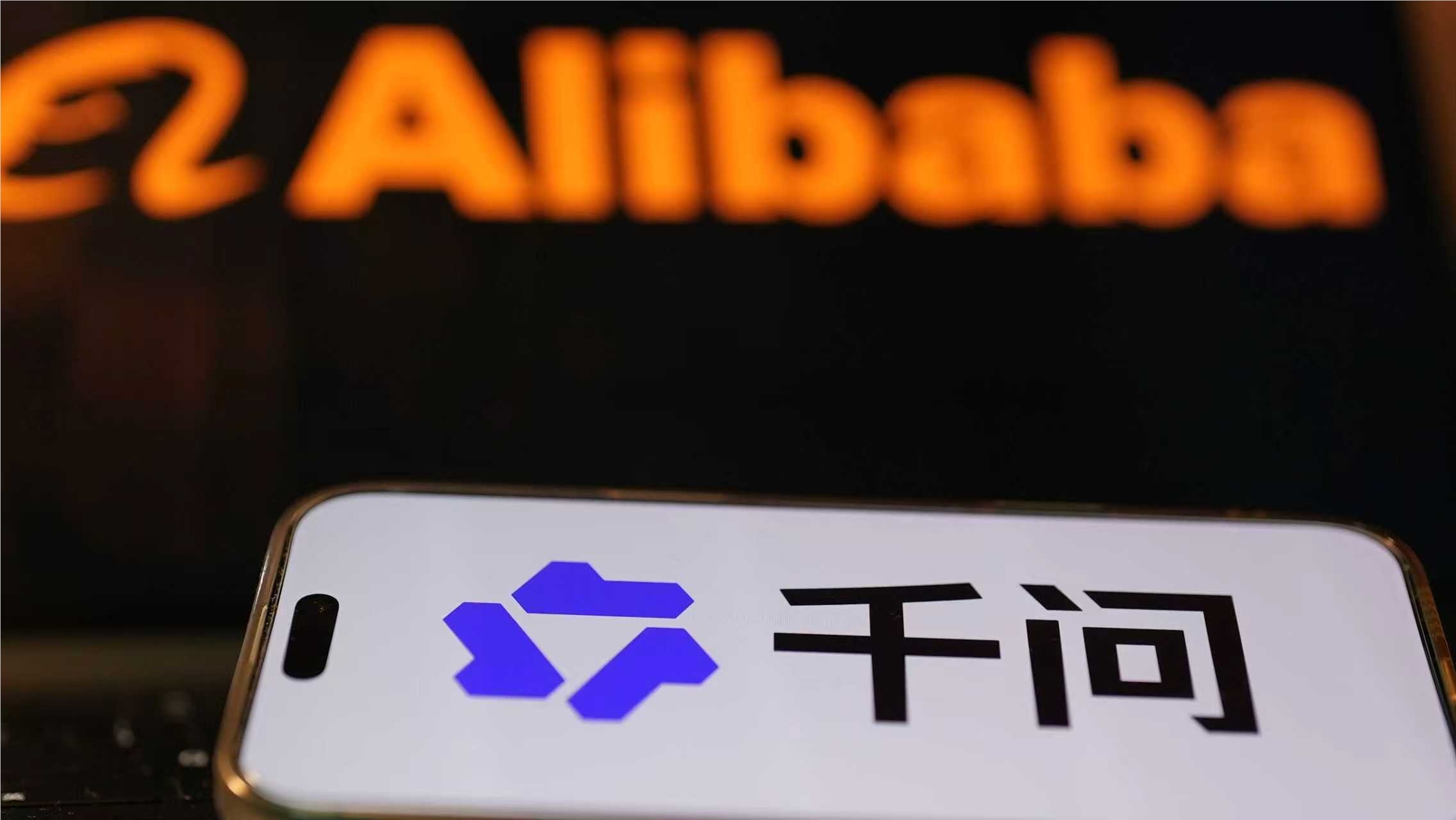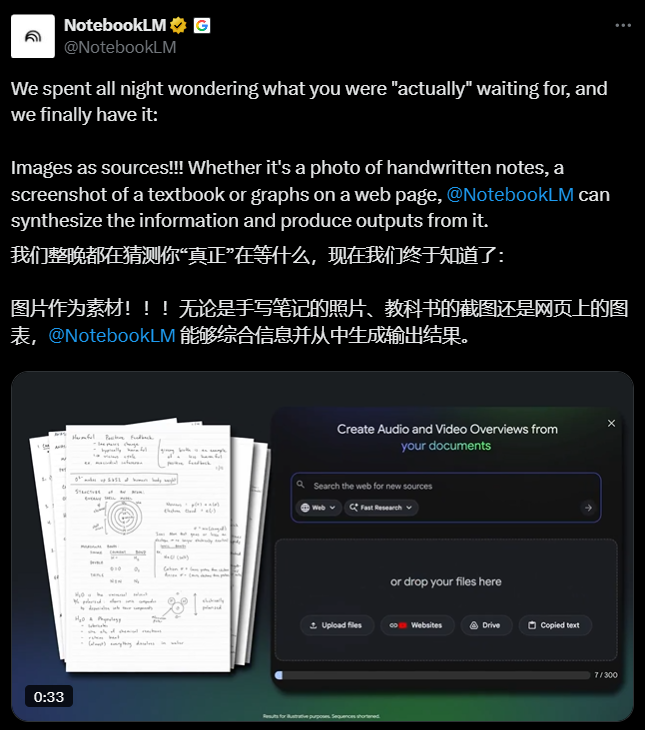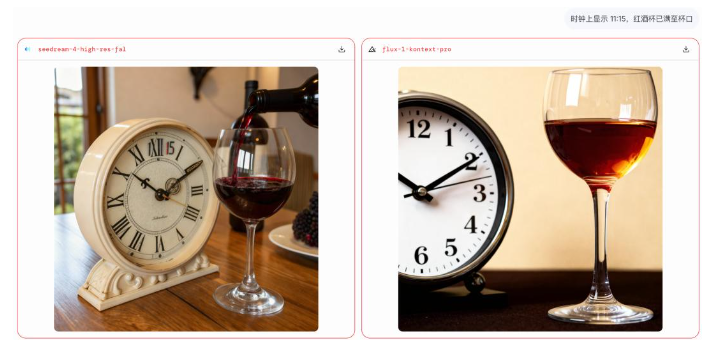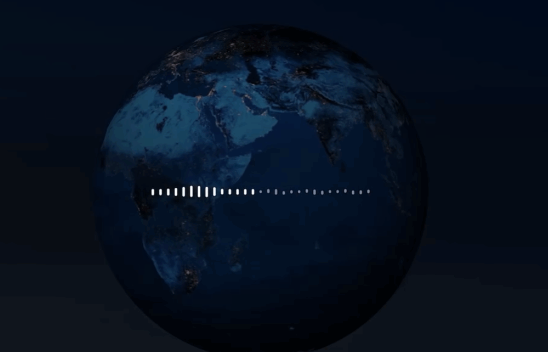Recently, a research team from the Swiss Federal Institute of Technology (ETH Zurich) published a shocking study, successfully cracking Google's reCAPTCHAv2 system with a 100% success rate! This research has sparked widespread discussions about the future of image captchas.
The team employed an advanced image recognition algorithm called YOLO, which segments and classifies images. Their system can automatically solve all three tasks in reCAPTCHAv2, including classifying images in a 3x3 grid, segmenting single images, and handling dynamic classification tasks that change.

To achieve this, they prepared a dataset of approximately 14,000 annotated images for classification tasks and utilized a pre-trained YOLOv8 model for segmentation.
This study's success rate significantly exceeds previous research, which only achieved a success rate of 68% to 71%. Researchers found that reCAPTCHAv2 heavily relies on browser cookies and data for user identification. To ensure their automated system went undetected, they used VPNs, simulated realistic mouse movements, and browser data, ultimately bypassing reCAPTCHA's defenses.
It is worth noting that the research team has made their source code publicly available, encouraging further exploration by other researchers. They suggest expanding the dataset for segmentation tasks and investigating under what circumstances continuous CAPTCHA solving could lead to being blocked.
This groundbreaking study not only demonstrates the powerful potential of AI technology but also prompts us to consider how future captchas should evolve to meet these technological challenges.
Key Points:
1. 🧠 The ETH Zurich team successfully cracked Google's reCAPTCHAv2 with a 100% success rate.
2. 📊 The study utilized the YOLO algorithm to automatically solve all three reCAPTCHA tasks.
3. 📡 The research team has made their source code public, encouraging further research and exploration.










